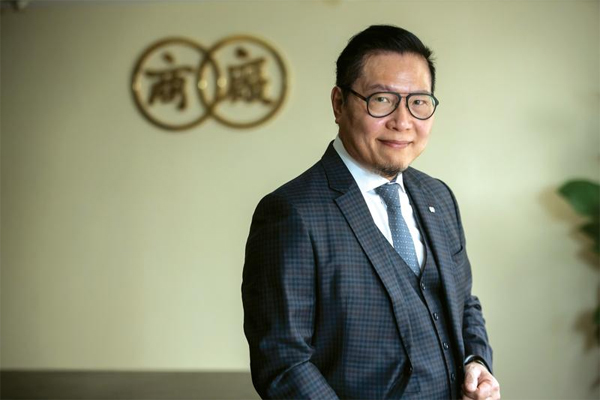Guangdong gives teeth to high tech

Allen Shi Lop-tak, president of the Chinese Manufacturers' Association of Hong Kong. [PHOTO PROVIDED TO CHINA DAILY]
Last year, Guangdong's integrated circuit business raked in 170 billion yuan, with the design sector contributing almost 150 billion yuan. China's integrated circuit industry saw annual average growth of almost 20 percent during the 13th Five-Year Plan (2016-20), reaching more than 880 billion yuan in 2020.
"But our weakness in manufacturing is obvious," said Cai Muling, a senior official of the Guangdong Provincial Development and Reform Commission.
"For the 14th Five-Year Plan period, we'll focus on the development of analog chips, power devices and third-generation semiconductors, and vigorously attract and cultivate leading enterprises in the fields of assembling and testing, equipment manufacturing and material supply," he added.
A dedicated industry fund of more than 20 billion yuan will be raised and a road map for promoting differential development within the region has been formulated.
It gained national support when the Ministry of Science and Technology gave the nod earlier this year for Guangdong and Jiangsu provinces to build a national-level innovation center of third-generation semiconductor technology.
Prospects for chip industry
A growing number of companies in the industry have been established in Guangdong or have set their sights on the province. Semiconductor Manufacturing International Corp -- the largest chipmaker on the Chinese mainland -- said in March it would invest $2.35 billion in a wafer fabrication plant together with Shenzhen to produce 28 nanometer chips -- one of the most widely used fabrication nodes in integrated circuits.
Guangzhou CanSemi Technology -- a homegrown chipmaker founded less than four years ago -- has completed the first phase of the facility's construction and achieved mass production. It's preparing for the second phase, which is due to start mass production next year. On completion of the first three phases, the company's production capacity is expected to reach 80,000 wafers per month with an advanced 300mm power semiconductor fabrication plant.



 Print
Print Mail
Mail

